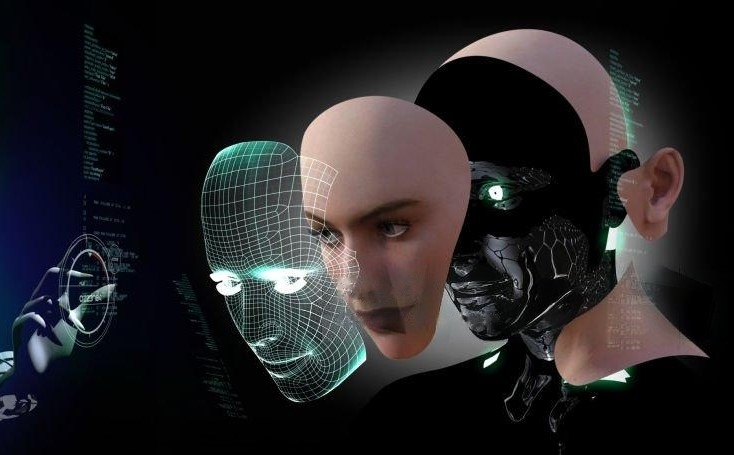Crafting Realities: Navigating the Frontier of AI-Powered People Generators

AI keeps on progressing at unbelievable pace, and this development has given a way for surprising discoveries and inventions in all domains. The most fascinating one, in my opinion, is the so-called ‘people generators’ – AI-driven technologies that come extremely close to the creation of artificial people. Such systems, deploying complex algorisms and neural networks, bring to life the characters that raise questions about creativity, identity-ness, and nature of being.
The Nature of AI-Powered People Generators
Some of the most advanced AL models of people generation are based on GANs and serve as examples of the excellent development of modern machine learning. GANs consist of two integral components: hence, the generator and the discriminator. It generates fake images and the discriminator is used to assess whether the images generated are real or fake. Interacting in a cyclical fashion, these constituents fight it out, thereby challenging the other to give its optimal performance.
The result of this digital concert is quite astonishing – realistic images of persons, and these persons live only in code and data. What’s peculiar to all of these AI personas is that they have their faces, their expressions, and even their backgrounds – they make entities that are completely algorithmically produced look and feel almost alive. The scenario illustrated in “this person does not exist” is an example of how with the help of AI tecknology fake personalities can be generated completely.
Demystifying the Magic
The production of people based on AI is the art and science of mechanics. The process starts with the generator creating imagery that is very primitive which can be likened to basic form and colors. These first outputs are not yet qualitatively similar to human intelligence but are the building blocks for what is to be produced. As the system refines its creations, the abstract evolves into the familiar: the eyes, noses, mouths and other tiny features on the facial areas.
The discriminator is the main ‘critical friend’ that helps the generator to seek for the actual truth. The discriminator also has its role: it gives feedback about the realism of images to the generator and makes the work of the generator more detailed and natural, making a clear distinction between the result of AI work and a photograph even more difficult. This cycle of generation and feedback is crucial for the generation of highly realistic images from which it is impossible to distinguish from real human faces as shown in platforms such as “this person does not exist”.

Generative Adversarial Networks (GANs): A process of creating a feedback loop between two separate neural networks; the generator and discriminator newly created objects resembling the real-world data.
Neural Networks: Neural networks central to the ability to work through big data and transforming received information into certain type of experience necessary for decision-making.
Photorealistic Imagery: They are pictures that possess such realistic and lengthy details that makes them to resemble photographs.
Artificial Authenticity: The idea that artificial intelligence will develop the algorithms that will generate such complex and realistic material that it will blur the line between fiction and truth.
Conclusion
People generators created through Artificial Intelligence is a clear indicator that man never ceases to amaze himself in the process of challenging the mechanical world breakthroughs. These personas created by AI bring out the cooperation of creative human minds and the prowess of machines and are an indication to how AI would compliment the human creativity in a future where it is a part of our daily lives.
In Summary, as we are gradually at the beginning of this innovative technology, it is crucial to walk cautiously because of the ethical issues that are likely to relate to it. AI people generators invite us to conversation, where the proposition and the problems of carving out new forms of synthetic existence in the pervasive digital environment are discussed. The technology behind “this person does not exist” is just one example of how AI can reshape our understanding of identity and creativity, challenging us to consider both the opportunities and responsibilities that come with these advances.



